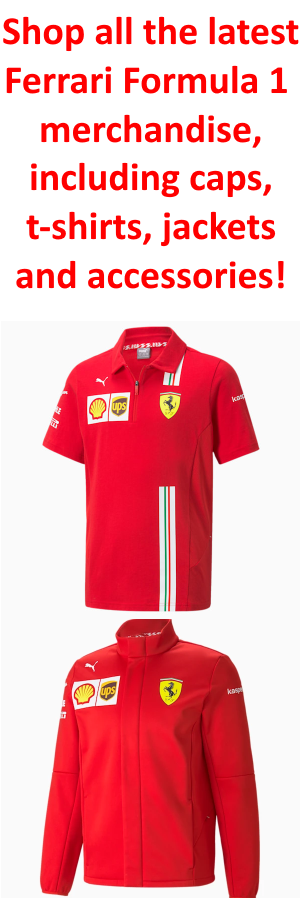As the brand new season approaches, all groups are already working behind the scenes to organize for the championship. Haas kicked off its 2025 preparations with a take a look at session in early January at Jerez, whereas work continues in Maranello and Banbury forward of the upcoming season, which is able to begin in a couple of weeks.
The brand new automotive, the VF-25, will characteristic a redesigned chassis to eradicate technical limitations encountered throughout the growth of final season’s automotive, permitting for larger design freedom. Nevertheless, this doesn’t imply the brand new automotive will probably be completely completely different from the previous, as it is going to retain the identical idea and the entrance suspension from the VF-24.
Though Haas just lately signed an settlement with Toyota that can lengthen to a number of areas—equivalent to unlocking further funding for TPC exams and constructing an in-house simulator—the collaboration is not going to embody using the Japanese producer’s wind tunnel.
Haas Staff Principal Ayao Komatsu has not completely dominated out a change sooner or later however emphasised that there aren’t any plans to maneuver away from Ferrari’s wind tunnel in Maranello, which can also be utilized by the Scuderia itself. This resolution is predicated on each technical and logistical causes, giving using Ferrari’s facility a twin benefit.
“Sure, we nonetheless use Ferrari’s wind tunnel. Saying that we are going to by no means use Toyota’s wind tunnel is a robust assertion, however for the foreseeable future, now we have no intention of leaving Maranello’s wind tunnel,” Komatsu informed the media earlier than the season, additionally outlining how the workforce’s engineers and procedures will evolve.
For Haas, persevering with to make use of Ferrari’s facility is useful as a result of Ferrari competes in Components 1 and faces the identical challenges, that means it often updates its instruments, together with the wind tunnel.
Over the past summer time break, Ferrari upgraded the rolling highway, an important aspect in trendy F1, as ground-effect automobiles should run near the monitor floor to generate extra downforce from the ground. Whereas there are prices to amortize, any enhancements Ferrari makes to its services will even profit Haas.
“For me, it’s a win-win scenario as a result of we and Ferrari are competing in the identical championship. Any particular {hardware} challenge of their wind tunnel, associated to the ground-effect laws of this technology, is one thing Ferrari is researching and addressing,” Ayao Komatsu defined.
Past the amortization prices, Ferrari itself handles the mandatory updates, which transcend merely changing {hardware} parts and contain intensive analysis to find out the modifications wanted.
“Because of this, we profit from it with out having to conduct the mandatory analysis ourselves. So, for the foreseeable future, I see no motive to go away Maranello’s wind tunnel for Toyota’s.”
Shifting to Cologne would create logistical challenges
A decade in the past, Toyota’s Cologne wind tunnel had a number of purchasers, however lately, McLaren was its solely consumer. McLaren’s reliance on Toyota’s facility stemmed from limitations and obligatory upgrades to its personal wind tunnel in Woking. Nevertheless, this setup had drawbacks, as parts needed to be shipped to Germany for testing.
As soon as McLaren accomplished its new wind tunnel in Woking, Toyota misplaced a key buyer. Andretti is predicted to take its place, having already used the ability in latest months to check a mannequin for the 2025 laws in hopes of an eventual F1 debut.
For Haas, the scenario entails two key issues. Any upgrades to the Toyota facility would rely completely on Toyota, simply as Ferrari manages its personal wind tunnel updates. Nevertheless, Toyota’s upgrades may not align with F1’s particular wants or might be delayed as a result of monetary constraints or commitments to different tasks requiring long-term planning.
Moreover, logistics stay a major concern. Haas depends on exterior suppliers for element manufacturing, and whereas its collaboration with Toyota could partially deal with this, lots of its suppliers—together with Dallara—are primarily based in Italy. Furthermore, a portion of Haas’s engineering workforce, notably these targeted on aerodynamics, operates from Maranello. Haas additionally purchases parts from Ferrari.
Switching wind tunnels with no clear financial or technical incentive would drive a restructuring of the present setup. Contemplating all these components, Haas has chosen to proceed utilizing Ferrari’s wind tunnel.



